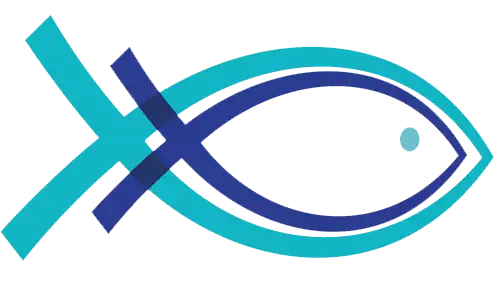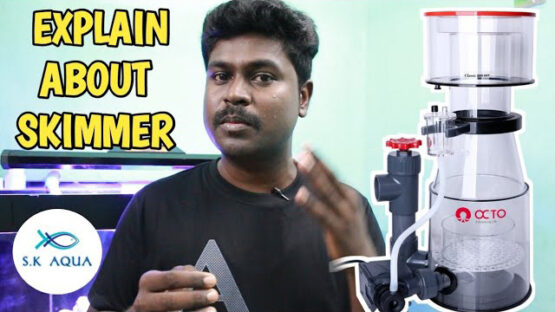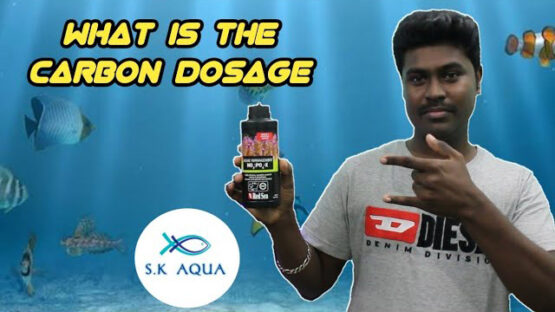- You have no items in your shopping cart
- Continue Shopping
Marine Ich, also known as Cryptocaryon irritans, is a common fish disease caused by an external parasite. The life cycle of the parasite has four unique stages: Trophont, Protomont, Tomont, and Tomite. During each stage, the parasite performs a different function that helps ensure its own survival. The free-swimming Theronts search for a host to prey upon. Once the Theront finds a host, it attaches and is now called a Trophont. The Trophont burrows into the fish and consumes the flesh 1. After 3-9 days of feeding, the Trophont releases from the fish and is known as a Protomont. During this brief 2-8 hour time frame, the parasite moves onto the substrate to begin reproducing. Once embedded in the substrate, the parasite referred to as a Tomont at this stage starts to form anywhere from 200 to 1000 (or more) child cells called Tomites inside its walls. The Tomont restarts the life cycle once it hatches and releases child cells into the water column to search for another victim and the cycle begins again.


